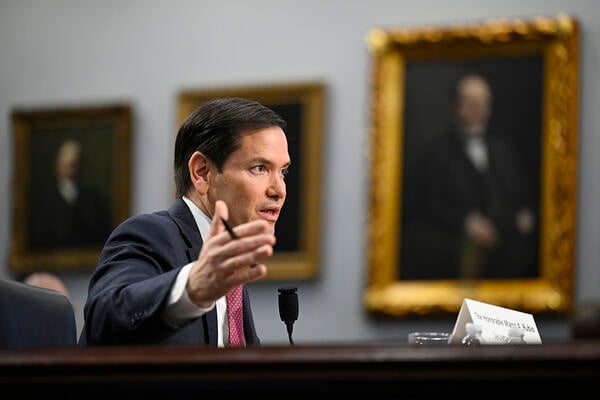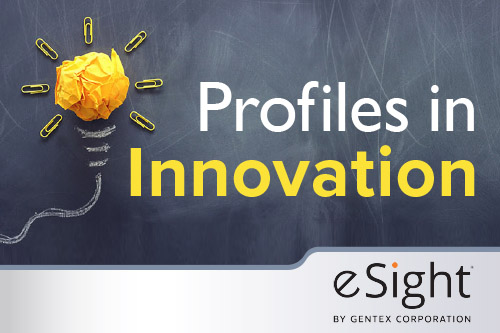For more than two decades, widening access has been the sector’s flagship social mobility project. But what if that narrow focus is holding us back?
A new report from the Social Market Foundation, Leave to Achieve?, urges us to think more expansively. Sponsored by the University of Warwick and the University of Southampton, the project was commissioned to recognise and champion the significant work that universities already do to improve social mobility. This report presents a positive picture with some excellent case studies of good practice. Yet we wanted to challenge the status quo by posing a new question of how this role could be further strengthened in an evolving political, economic and demographic landscape.
It’s a timely intervention. In November 2024, the Secretary of State for Education wrote to university leaders setting out five clear priorities: improved access and outcomes for disadvantaged students, stronger civic engagement, enhanced contributions to economic growth, higher teaching standards, and greater financial efficiency. Leave to Achieve? presents a compelling blueprint for how institutions might meet that challenge – not by doing more of the same, but by doing things differently.
Getting in isn’t the same as getting on
Yes, disadvantaged students are more likely to go to university than they were 20 years ago. But gaps remain – especially at high-tariff providers, where the life-changing graduate premium is highest. And even when disadvantaged students do get in, they’re less likely to complete, more likely to graduate with lower-class degrees, and face a persistent class pay gap.
These access gains have also been geographically uneven. In parts of the country, a student’s chances of going to university – let alone a selective one – remain depressingly slim.
This aligns with long-standing evidence from the Sutton Trust and the Social Mobility Commission, both of which have consistently highlighted the enduring impact of regional inequality and the limits of “national” mobility narratives. The Social Mobility Commission’s “State of the Nation” reports, for example, show that young people from some post-industrial regions are still far less likely to progress to higher education than their peers elsewhere – despite similar levels of talent and ambition.
The takeaway? Real social mobility is not just about “getting in” – it’s about outcomes, belonging, and fair access to local opportunity.
What about staff?
If universities want to be credible agents of social mobility, we also need to look inward.
The socioeconomic makeup of the university workforce remains largely invisible. Few institutions collect data on the class background of their staff. The 2010 Equality Act doesn’t treat social class as a protected characteristic, so there’s no legal driver to act, and no institutional accountability.
This gap has been highlighted in HEPI’s recent work on equity in academic careers, which shows that the absence of robust data on social class in recruitment and promotion processes limits our ability to understand – and address – barriers to entry and progression in the sector.
But this blind spot matters. Academia as a career is often inaccessible to those without a financial safety net. Structural inequalities in postgraduate progression and insecure early-career contracts compound the problem. If our own workforce doesn’t reflect the diversity we champion in student access, what message does that send?
A civic role still waiting to be realised
We often describe universities as anchor institutions. But Leave to Achieve? finds that civic engagement is still too often a patchwork of well-meaning projects rather than a systemic strategy.
Too few universities are meaningfully embedded in local education and skills ecosystems. Too few are co-producing knowledge with communities. And too many are still seen – particularly in more deprived regions – as distant, elite, and not “for people like us.”
This is not just a moral imperative. It’s a political one. The Secretary of State’s 2024 letter was clear: universities must be more visible and valuable in their localities. Delivering on that expectation will require more than community outreach – it will require rethinking institutional purpose.
The Civic University Network and UPP Foundation’s Civic University Agreements have laid important groundwork here. But Leave to Achieve? argues for more consistent policy incentives and accountability mechanisms that can embed civic engagement as a core strategic function across the sector.
Rethinking research impact
Research and innovation are often positioned as universities’ contribution to economic growth. But what if we rethought them as tools for regional social mobility?
The report argues that embedding social equity in research priorities – not just in outputs, but in who defines the questions and who benefits – can help ensure that innovation serves local communities, not just national agendas.
That also means investing in more diverse academic pipelines, better knowledge exchange structures, and partnerships that extend beyond the usual suspects. The Research England-funded Participatory Research Fund is an example of how the research ecosystem can be better aligned with inclusive growth goals.
So what’s next?
The SMF’s recommendations are pragmatic and targeted: a national strategy for social mobility, delivered through regional structures. Legal recognition of social class in equality legislation. Better socioeconomic workforce data. And, crucially, incentives for local recruitment and regional collaboration.
In short, they point to a version of the future that aligns closely with the government’s own vision – if policymakers are willing to resource it. A recent HEPI blog from the Social Market Foundation’s Dani Payne poses some important questions for universities to consider.
This project wasn’t commissioned to critique, but to catalyse. It’s also about recognising what the sector already does well. From transformative widening participation work and contextual admissions schemes to place-based partnerships and pioneering civic strategies, many universities are already expanding opportunity within their regions and communities.
Collaboration is central to this mission. A renewed social mobility agenda must galvanise universities, colleges, employers, charities, and public sector partners to work together to address local and regional need – creating a coherent, joined-up ecosystem of opportunity that supports people to thrive in the places they call home.
The broader message is this: we need a whole-university approach to social mobility. That means moving beyond access targets to consider our roles as employers, civic actors, and knowledge producers. It means recognising that social mobility is about place as much as potential. And it means being honest about what we haven’t yet achieved.
Our goal now is to ensure this debate doesn’t get lost in the long grass, but to extend an arm to the sector and other key actors to develop a long-term shared mission for social mobility.











